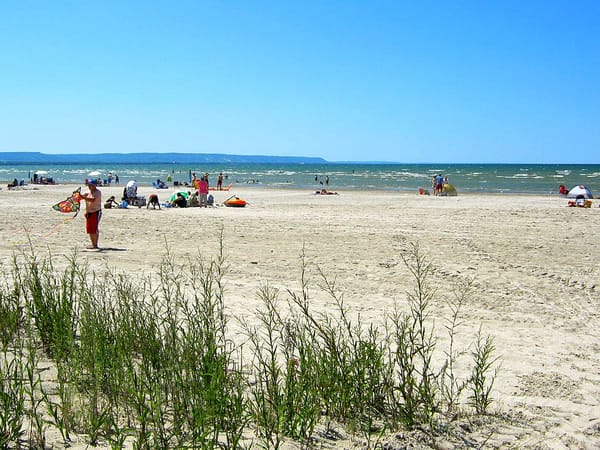Here's the thing about Ontario that most people don't know: you can camp for free on millions of acres of public land. No fees, no reservations, no fighting for that last spot at Algonquin. Just you, the wilderness, and whatever gear you can carry.
But before you load up the truck and head north, you need to understand how Crown land works. Because while it's free, it's not a free-for-all.
The basic deal is this: pick your spot, set up camp, and you can stay for 21 days. After that, you need to move at least 100 meters away. That's per calendar year, not per visit. So if you camp somewhere in June for a week, you've got 14 days left at that spot until next January.
Finding Your Spot Without Getting Fined
The tricky part isn't the rules - it's figuring out where you're actually allowed to camp. Not all Crown land is open for recreation. Some parcels are leased for logging, mining, or hunting operations. Others are protected wetlands or restricted for various reasons.
Your best tool is the Crown Land Use Policy Atlas, which sounds bureaucratic because it is. But once you figure out how to read it, this online map shows you exactly where camping is permitted. Look for areas marked for recreational use. If the atlas says recreational activities aren't allowed, you can't camp there. Period.

Here's a pro tip from the camping forums: the atlas isn't always 100% accurate. Smart campers email or call the local district office to confirm there aren't any active land use permits or hunting leases where they want to camp. Nothing ruins a wilderness weekend faster than discovering you've pitched your tent in someone's trapline.
For beginners, there's an easier option. Ontario has over 50 non-operating provincial parks that allow backcountry camping. Places like La Cloche, Temagami River, and Lake Nipigon. They're basically Crown land with clearer boundaries and rules posted right on the Ontario Parks website. They're provincial parks with no facilities, no staff, but also no campsite reservations and no guesswork about where you can camp.

The Fine Print That Matters
A few things can trip you up if you're not paying attention. First, if you're not a Canadian resident and want to camp north of the French and Mattawa rivers, you need a permit. It's about ten bucks per person per night, available online through the Natural Resources Information Portal.
Second, you can't just float a houseboat or cobbled-together raft and call it camping. The province specifically bans "floating accommodations" - anything that's basically a floating cabin rather than an actual boat. Your canoe with a tarp over it? Fine. That shipping container on pontoons your buddy welded together? Not so much.

For firewood, you can collect any downed wood or standing dead trees. Just remember to check fire bans before you strike a match.
And like everywhere else in Ontario, you need a fishing license if you're between 18 and 64.
The Unwritten Rules
Beyond the official regulations, Crown land camping comes with an understanding. This isn't a maintained campground. There are no outhouses, no fire rings, no garbage pickup. You pack out everything you pack in. You dig your cathole 200 feet from water. You don't cut live trees or damage the land.

The beauty of Crown land is that it's still wild. The challenge is keeping it that way while you're using it. Do it right, and you've got access to some of the most pristine camping in North America, absolutely free. Do it wrong, and you're the reason they'll eventually start charging fees or closing areas.
That's the trade-off with Crown land. Total freedom, total responsibility.
For those who get it, there's no better deal in outdoor recreation.






Join the Conversation